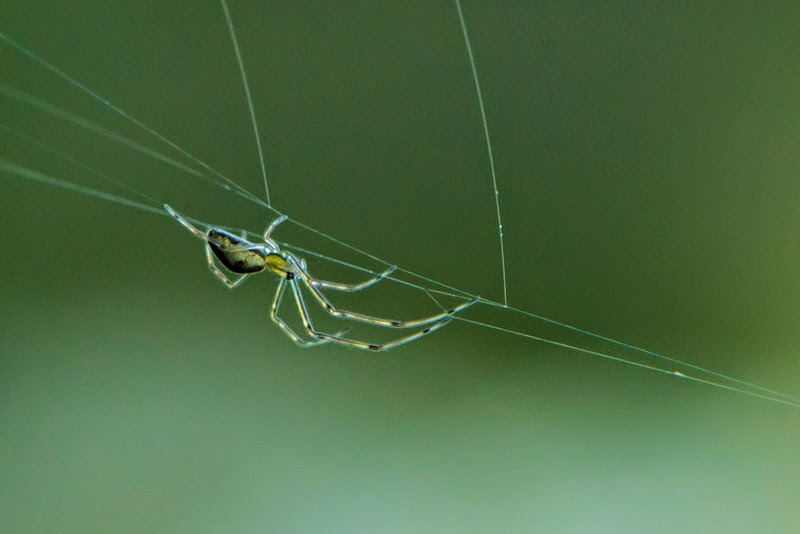 |
| Canada geese flying into land |
First an announcement. On Saturday, March 19 starting at 6:30 PM at the Stone Barn of Allens Pond Massachusetts Audubon Sanctuary, I will be holding a program on doing nighttime macro photography, and we utilize a vernal pool. This event is limited to 10 participants. The fee is $20 and will include drinks and snacks. Equipment DSLR with a Macro lens or a lens in the 70-200 External Flash a Flash extension cable or remote flash trigger Boots Flashlight or headlamp and appropriate clothing. Anyone that is interested, please email me at mborn@photobee1.com. By the way, half of the proceeds will be donated to the sanctuary.
Yesterday, it was a beautiful day and warm with the temperature starting out in the 50s and going into the 60s. My son and I spent the morning at Daniel Webster Massachusetts Audubon Sanctuary in the morning blind. The sanctuary has two blinds, one at each end of the pool, morning and afternoon blind, so named because the location of the sun. There was a lot of passerines flitting around in the brush and bushes. However, none of them perched in a location where we could photograph them. The two main species that we photographed were painted turtles and Canada geese.
We started out with three painted turtles on the log and by the time we left, there were seven painted turtles all enjoying the bright, warm sun.
 |
| Painted turtles on the log |
Initially, there were only a few Canada geese in the pool but as the morning wore on large groups flew in. The Canada geese put on a show with many of the geese bathing and preening. The geese would raise large splashes a water duck underneath the water and even bays upside down with their feet in the air.
 |
| Canada geese landing |
 |
| Canada geese swimming and preening |
 |
| Canada goose bathing |
 |
| Canada goose flapping its wings |
While watch and the Canada geese, around the corner of grass, swam some ducks. There was a pair of mallards and for my first time visiting here a Northern Pintail.
 |
| Northern Pintail and mallards |
Using the coupon code mborn you will receive a 15% discount on any or all of the Topaz plug-ins.

Help Support my blog by purchasing from Amazon. Clicking on this link and utilizing the link does not cost you anything.







































+_D8C9458-Edit.jpg)




